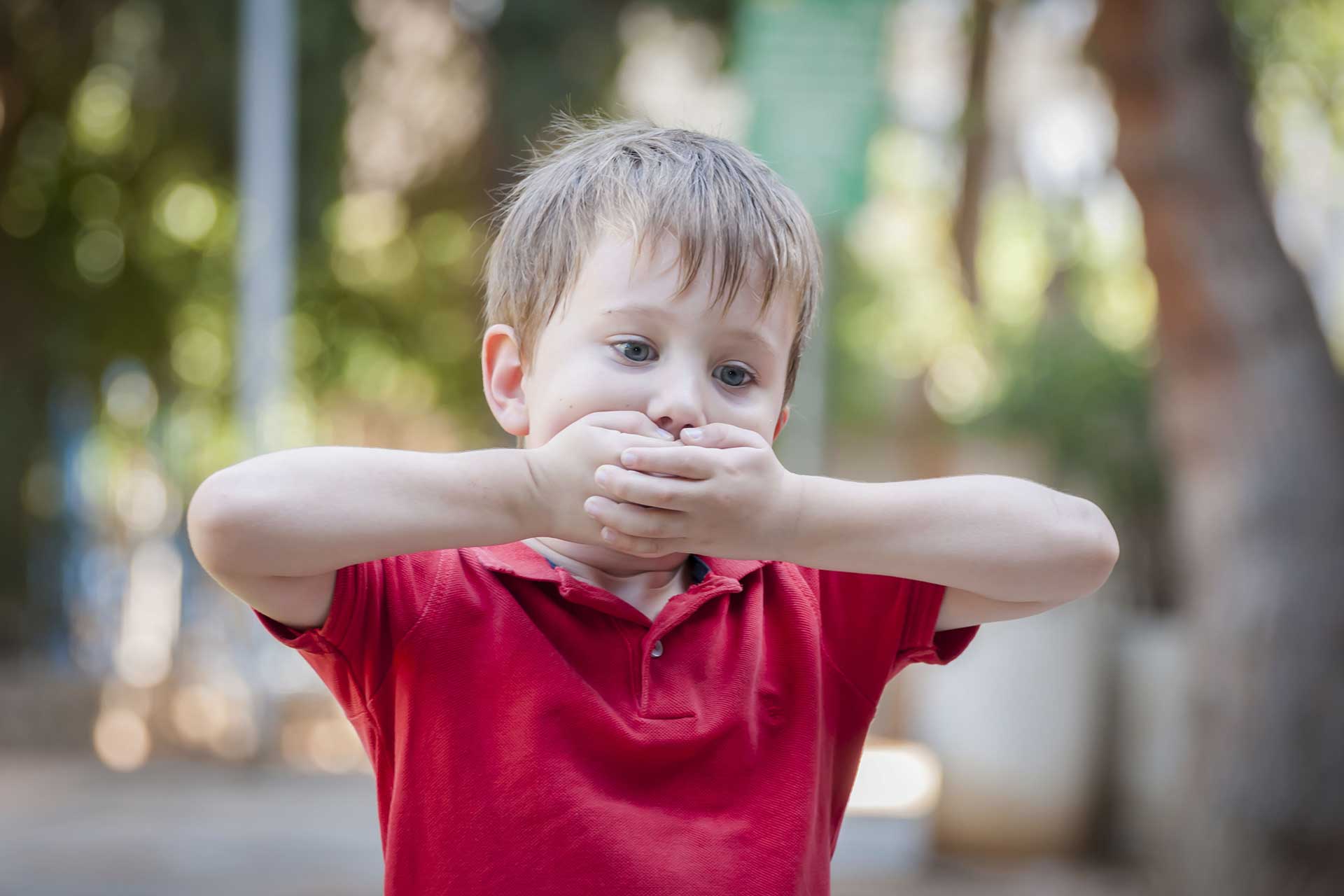When a child stutters, parents often wonder if this will affect their child long-term. While some people stutter into adulthood, there are many ways to help children overcome this at an early age.
What causes stuttering?
The exact cause of stuttering is unknown; however we do know that a combination of factors is likely to contribute. These factors include:
• Family history of stuttering: A parent, grandparent, aunt or uncle stuttered as a child or currently stutters.
• Developmental factors: Stuttering commonly begins in preschool years due to the rapid rate of development in the child’s physical, cognitive, social/emotional and speech/language skills.
• Environmental factors: Some of these examples include: the child’s environment, the child experiences trauma or stressful situations, or even a parent’s expectations.
When is stuttering normal?
Between the ages of 3 and 5 years, children can often have periods of time where they repeat the beginning sounds of words (i.e. b-b-b-baby) or the whole word (i.e. go-go-go-go). These patterns can be typical and it happens to many children. They may have a few days or 1-2 weeks where you see this speech pattern and then this speech pattern disappears. These periods of normal dysfluencies may arise in the future, but it should not be of concern if the pattern does not worsen or continue for long periods of time.
How can parents and caregivers help?
• Attend to what your child is trying to tell you. As best as you can, give them your full attention and try not to rush them when they are speaking.
• Come to eye level with your child and listen. It is best to stop what you are doing so they know you are listening.
• Do not interrupt your child or finish their sentences. You want your child to remain calm and feel that they are not being rushed.
• Be patient with your child even if they are having a time where they are repeating words. You want to avoid telling your child to stop, slow down, start over or take a deep breath. You want your child to know that nothing is wrong with the way they are speaking.
• Decrease any competing noises at home by turning off TV, videos, or music. These can be distracting when a child is trying to talk.
• Encourage everyone in the family to take turns while talking so that no one is competing for attention and the person speaking is not getting interrupted.
• Try as best as you can to slow down the pace of your family and try not to rush.
When should you be concerned and have your child evaluated by a Speech Language Pathologist?
• Child stutters for long periods of time and does not seem to stop or the severity increases.
• Family history of stuttering along with the child stuttering for longer periods of time.
• Child is easily frustrated and starts to avoid talking.
• Child develops secondary behaviors (i.e. physical characteristics or avoidance behaviors) when they are stuttering. Physical characteristics could be eye blinking, tremors of the lips or face, tics, jerking of the head, breathing movements or fist clenching. Avoidance behaviors are substituting a different word, avoiding eye contact, refusing to speak, using filler words like “um” and “ah” in the middle of phrases.
If you find that your child does not outgrow his stuttering, speech therapy can help. Talk to your child’s pediatrician about working with a speech therapist to have your child evaluated. With proper treatment, your child can overcome stuttering.
How do you work with your child to improve his/her ability to communicate clearly?
References:
Conture, E.G. & Fraser, J., 1989. Stuttering and your child: questions and answers., Stuttering Foundation of America, publication no. 22.
Ducworth, D., Causes and Treatment of Stuttering in Young Children., www.superduperinc.com
Hodgson, A., Secondary Behaviors of Stuttering., www.superduperinc.com







